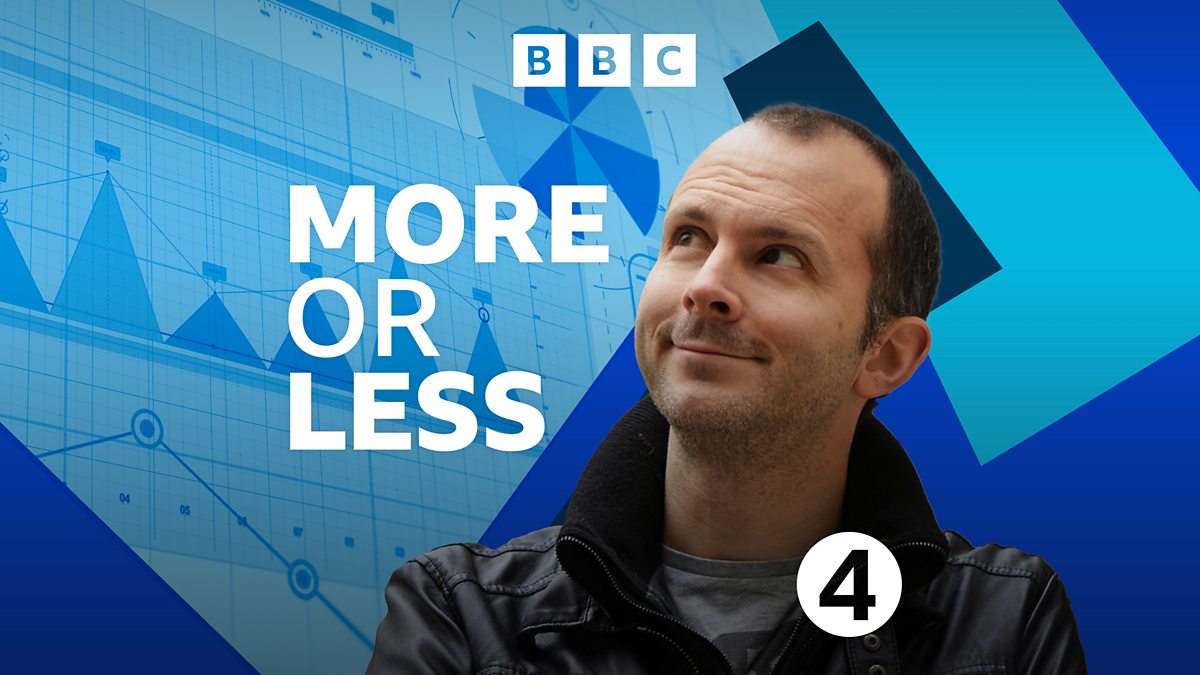Bruce Stephens
Well-Known Member
- Relationship to Diabetes
- Type 1
Total covid19 tests done to date
19,583,360
Total covid19 positives found to date
423,236 (which hasn't been adjusted for any false positives -- which is his grievance)
Using a false positive average of 2.3% of the total number of tests done, not just 2.3% of the positive tests (Government's 0.8% low and 4.3% high averaged to 2.3%)
Oh darn it. You're right, and I'm wrong! (Though I think there is also a kind of thing that's what I referred to as the false positive rate, it's not what we're talking about here.)
I'm still not sure it matters as much as he's making out. The ONS survey (where they do extra checking (I think they check each positive test again, or something like that)) is currently producing a rate of 1 in 500 or so. So that means their false positive rate can't be very much larger than 0.2% right now, and since they haven't changed their processes that much recently it can't be very much more than 0.02% (since they were measuring that a month or so ago).
So as the ONS survey numbers continue to increase (presuming they do) we can be reasonably confident in them (at least that they're measuring something actually meaningful, though not necessarily infectious people). And we have the other measures of hospital admissions and eventually deaths; I agree the numbers don't match up with what was seen in March/April but I think it's plausible that's explained by just the enormous differences in testing.
(The 19,583,360 tests done doesn't seem all that helpful. What would be more meaningful would surely be people rather than tests? That kind of data can be found in the annex of the weekly reports, 10 September to 16 September. The difference looks like a factor of roughly 3. Oddly it looks like about the same factor for total tests/people and positive tests/people.)

